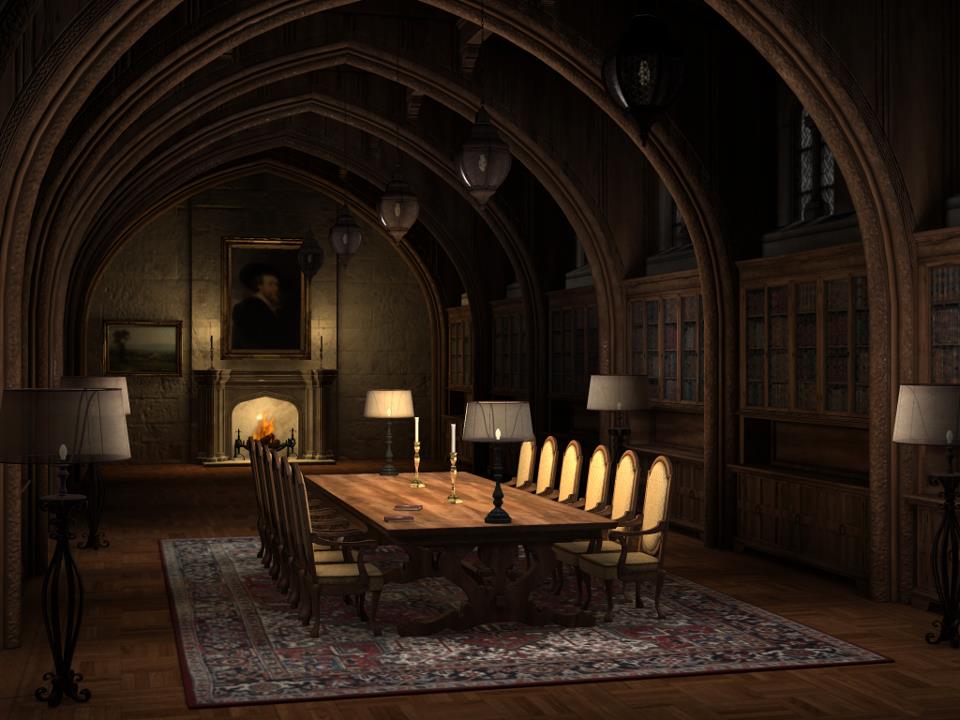Bring Comfort (sage ability)
Bring Comfort is an amateur-status sage ability that enables the character to design a building so that it can provide a special comfort for the occupants. Through the building's shape, it's walls, window and stairwells, several occupants may gain special benefits that only they can enjoy.
- Aids rest, in that when the occupant seeks to heal, the building's space enables the character to heal hit points and injuries as though possessing two levels or hit dice more than the character has.
- Ability checks receive a +2 bonus, including situations where the character is being instructed or when the occupant is recovering from a disease.
- Increases the possibility of a successful fertility by 10%, if a pregnancy is desired. This benefit is applied if the woman is comfortable and not the male.
When creating a space where multiple persons may obtain this comfort, each person requires a minimum of 425 sq.ft. Thus a building were to bring comfort to three persons, the size of the building could be no less than 1,275 sq.ft. In the case of a married couple, a single space bringing comfort for both requires only 600 sq.ft. Once the building is built, no other persons can receive this kind of comfort from it.
Construction
The minimum cost of the labour and materials for the building must be at least 5 g.p. per square foot, for the building overall, regardless of the size. The smallest possible space it can provide would be 425 sq.ft. For the "comfortable" space, this number must be doubled — but remaining parts of the building need not be increased.
- For example, George is building a "comfortable" house for himself which, we might suppose, will cost him 8 g.p. per sq.ft. in labour and materials, because he wishes to be most ostentatious. 425 sq.ft. of that building therefore costs him 16 g.p. per sq.ft.; the remainder of the house, however large that remainder is, costs 8 g.p.
Note that it's not possible to build an unpleasant shed adjoined to the "comfortable" space and expect this will service. If the space is self-sustaining, without egress except through a door to the outside, then the building may be exactly 425 sq.ft. at a cost of 10 g.p. per sq.ft. But any part that is adjoined inside to the comfortable space must also be at least 5 g.p. per sq.ft. in its own right.
